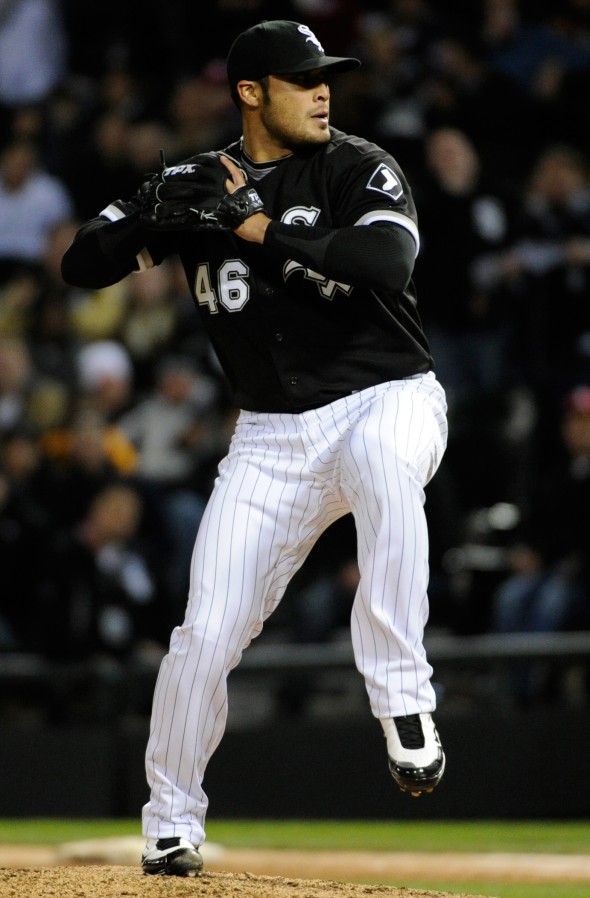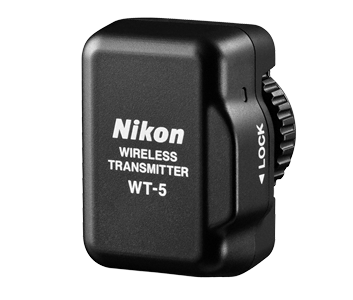I’ve finally had a chance to break out and use the new Nikon D3S, and my unscientific yet real world analysis can be summed up in one word. Amazing.
The D3S has the same familiar look and feel that the original D3 had, but incorporates many new and exciting features. I mention the “look and feel” analogy because in my past photographic life as a Canon shooter, it seemed that every time they updated their camera bodies the transition from one model to the next wasn’t what I would classify as smooth. I remember having to get acquainted with each new release so that I could re-familiarize myself with some basic, taken for granted features such as the physical layout of certain camera controls (IMO the look and feel of the camera) and changes to the custom functions and menu layout. Since photography is instinctive and reactive, I would break in each new model slowly to get comfortable before having to rely on it while shooting on assignment.
No such issues with the Nikon D3S. It’s nice and familiar right out of the box. The entire D3 line (D3, D3X, D3S) is comfortable in that regard, and much appreciated. One might argue that with improvements, change is inevitable. I don’t necessarily buy into that theory. Nikon has made improvements without having to re-invent the wheel with each new release.
What are some of my favorite new and/or improved features? Well, for starters there is the larger standard buffer, which is twice the size of the one that came standard with the original D3 (who hasn’t “hit the buffer” and wished (cursed) that it was larger?), an additional crop mode, and most importantly and impressively, the camera’s incredible low light performance. The original D3 was no slouch in that department, but the D3S takes it to a new level.

Covering press conferences and other dim or low light situations at high ISO’s with the D3S produces great results. I can now crank up the ISO to levels I would have never dreamed of shooting at before, which allows me to shoot at higher shutter speeds without worrying about adding noise while minimizing camera movement and motion blur. I can now shoot night sports at very high shutter speeds as well without the need of an f2.8 lens. That’s great news since Nikon’s 200-400 f4 zoom is the most versatile long lens I have ever owned. I love that lens! I had a chance to show off the versatility of this lens a week ago when Andruw Jones hit a walk-off, game winning home run against the Seattle Mariners.


Images like the samples above were shot at ISO 5000. Amazing. Below is a full frame example so you can see for yourself.

I also like the addition of the 1.2x crop mode (30 x 20mm), which provides a useful intermediary setting between the standard 36 x 24mm crop and the 24 x 16mm crop used in the 1.5 DX mode. Even though I own and use a 1.4 teleconverter, there are many times when I know that the built-in crop will provide an adequate final file size, without the hassle of mounting and unmounting a teleconverter all day.
While the crop mode essentially utilizes a smaller portion of the sensor, I have found when performing an initial first edit, sometimes images that are shot looser get “lost in the shuffle”, especially when there are 500-900 game images to review. Using even the tightest crop (the 1.5 DX mode), the end result produces a file that is 9.28 inches across at 300 dpi, which is plenty of image for most uses. When shooting RAW mode, the results are even better. If the smaller file size works, I see no reason not to utilize this feature.
Another small yet useful feature is the self-cleaning image sensor setting. Finally. Although not fail safe, in automatic mode (which can be set to operate when the D3S is powered on, off or both) it at least offers users a cleaner sensor, which is especially useful when things get busy (or dusty) and manual sensor cleaning gets put off.
The camera still incorporates the ability to fine tune auto focus, pairing camera bodies with individual lenses and then automatically recalling each fine tune setting when the lens and bodies are reunited Separate combination settings are kept in memory, even when using a teleconverter. I’m a big fan of this feature, because even though most lens/body combination’s work well “out of the box”, I have found that often they can be tweaked slightly to become “dead on”. I highly recommend taking the time to investigate this feature.
Future improvements? I would love to see Nikon address a way to allow users of previous models (D3) to easily import their settings into a new model (D3S). As it is now, you can only import settings from similar camera models, using the same firmware. Since the settings import is also firmware critical, every time I update the camera’s firmware I save the settings for that particular firmware on my laptop, so if I revert back to an older version for some reason, I can easily re-import my settings as well.
So I did have to spend some time manually entering my custom settings into one D3S. Once that was done, I was able to then save the settings and import them into my other D3S. But, it sure would be nice to save 20 minutes of time by importing them from my older D3. Just something to add to the wish list.
Nikon has hit another home run with the D3S. I’ve always said that a photographer, like a mechanic, is only as good as the tools that they use. For me, first switching to Nikon in 2007, then taking advantage of their new and continually improving equipment line has made me a better photographer. If I miss a shot, I can’t blame my photo equipment any longer. How about my golf clubs instead? They should be used to it!

